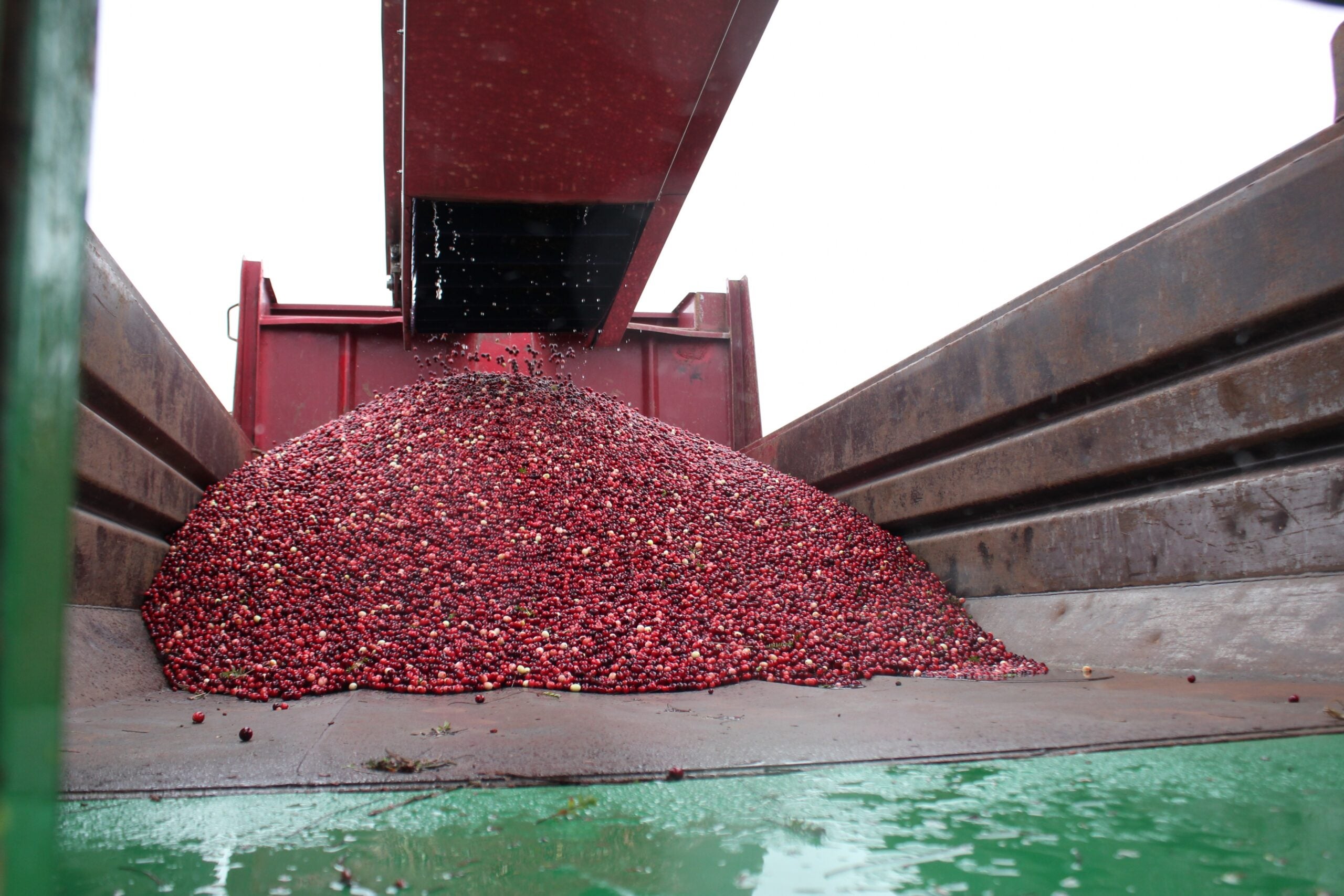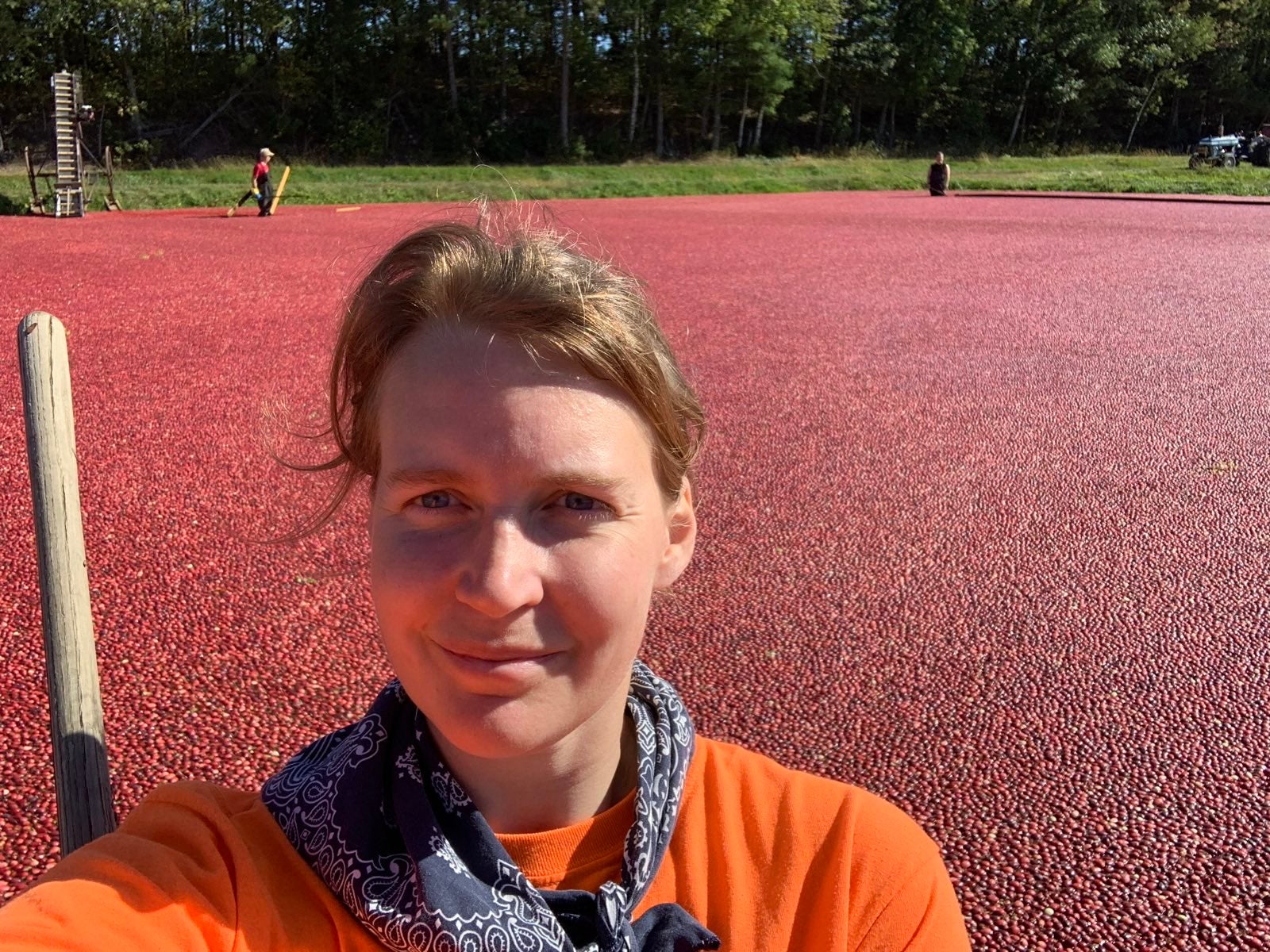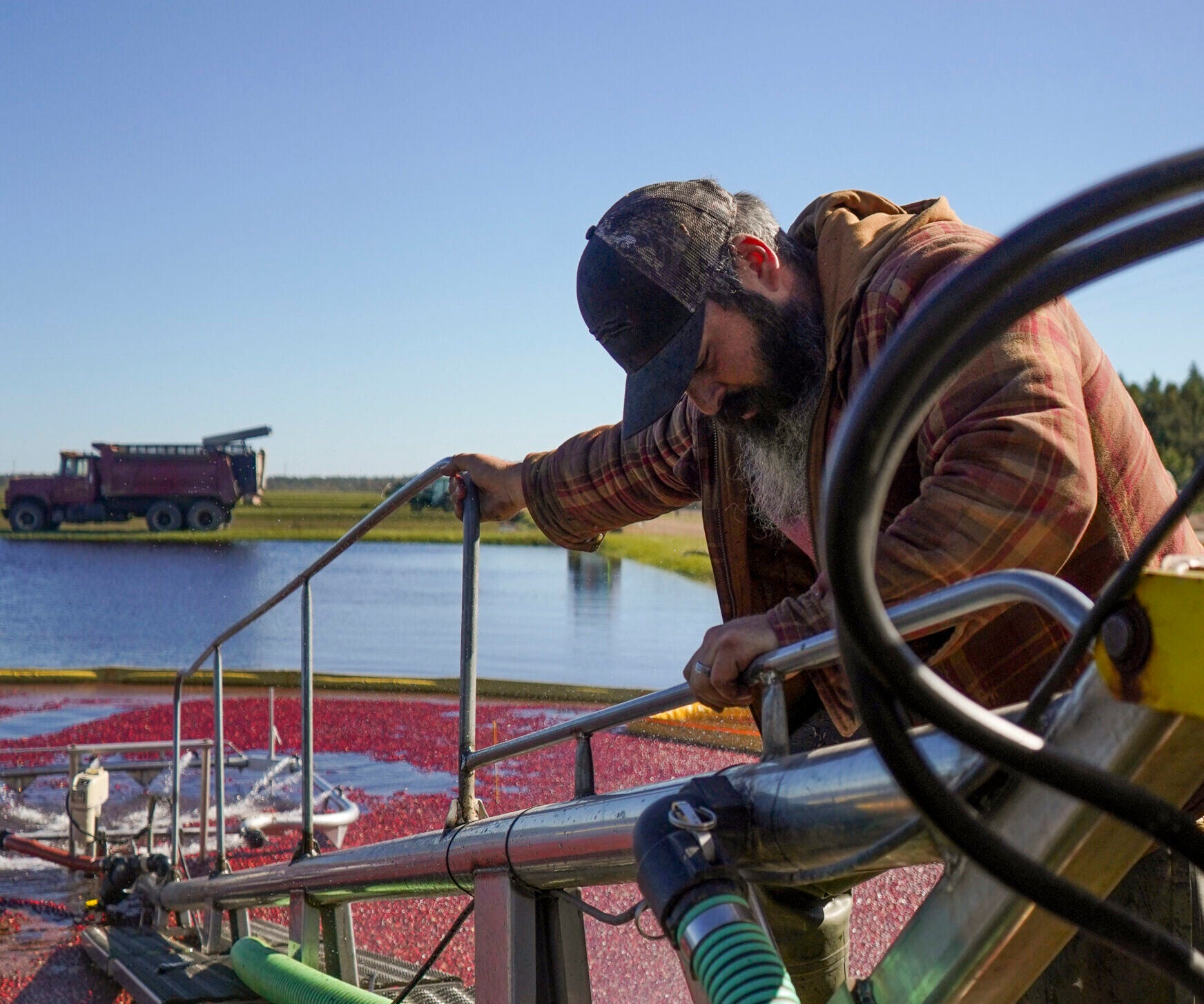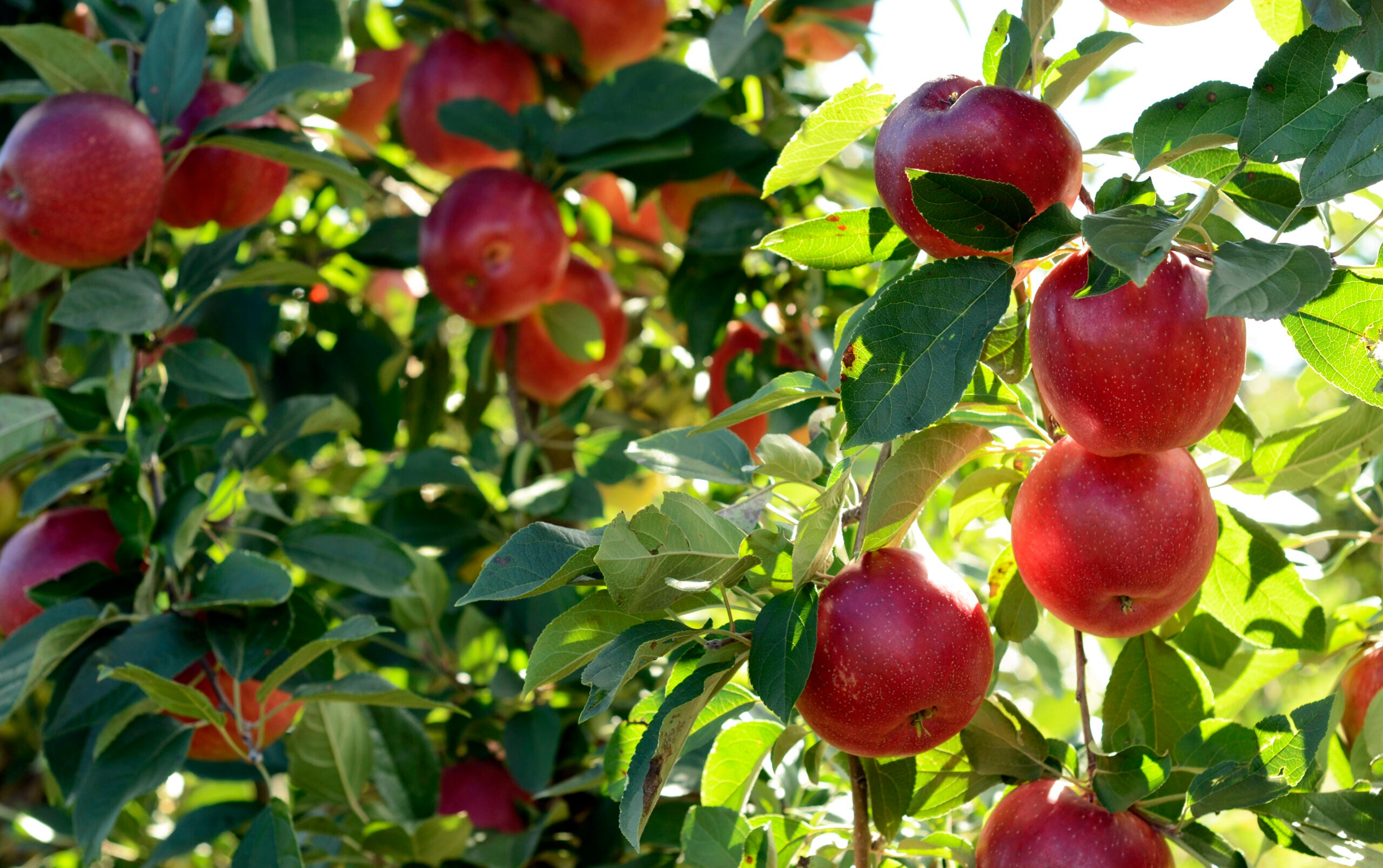Wisconsin apple growers had a productive year in 2017, but cranberry and tart cherry producers faced more challenges.
The latest data from the National Agricultural Statistics Service found apple production increased almost 20 percent in Wisconsin between 2016 and 2017.
“During 2016, we had a pretty bad spring frost,” said Amaya Atucha, fruit crop specialist for University of Wisconsin-Extension. “The (production) levels were lower because of that frost.”
News with a little more humanity
WPR’s “Wisconsin Today” newsletter keeps you connected to the state you love without feeling overwhelmed. No paywall. No agenda. No corporate filter.
Atucha said last year’s spring weather helped growers recover, producing 49 million pounds of apples. She said production could continue to increase this year.
“A lot of the orchards are going through the process of renovation and changing their production systems to a more high-density system, which are much more productive,” Atucha said.
She said the new apple trees are smaller so growers can fit more trees into their orchards. New varieties also take less time to get established, reducing the amount of time growers are without production.
That lag time between establishing a new fruit variety and when the plant bears fruit is what could be hurting cranberry growers in the state.
Wisconsin produced 5.37 million barrels of cranberries last year, 12 percent less than in 2016.
Cranberry prices have continued to sit below the cost of production. So, Atucha said many growers are taking the opportunity to upgrade their beds.
“Some of the growers are taking out of production older varieties and that basically means that, by renewing, you have a couple of years where you don’t have any production,” Atucha said.
The number of cranberry acres were down about 2 percent last year. Atucha said she believes those beds will be put back into production despite low prices.
Wisconsin growers also produced fewer tart cherries in 2017. The state’s total production was 11.3 million pounds, a 17-percent decline from the previous year.
Atucha said cherry producers in Wisconsin and across the United States continue to battle an invasive pest called the spotted wing drosophila.
Wisconsin Public Radio, © Copyright 2025, Board of Regents of the University of Wisconsin System and Wisconsin Educational Communications Board.





